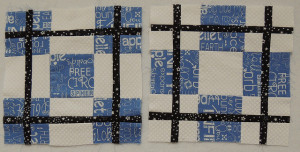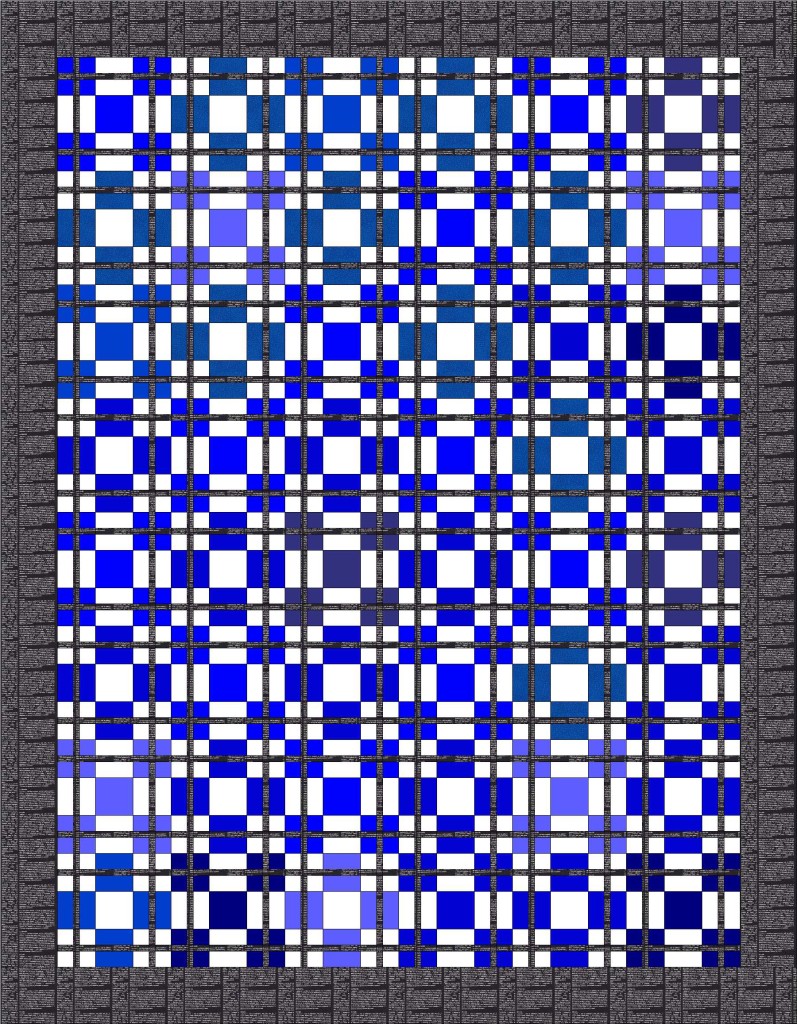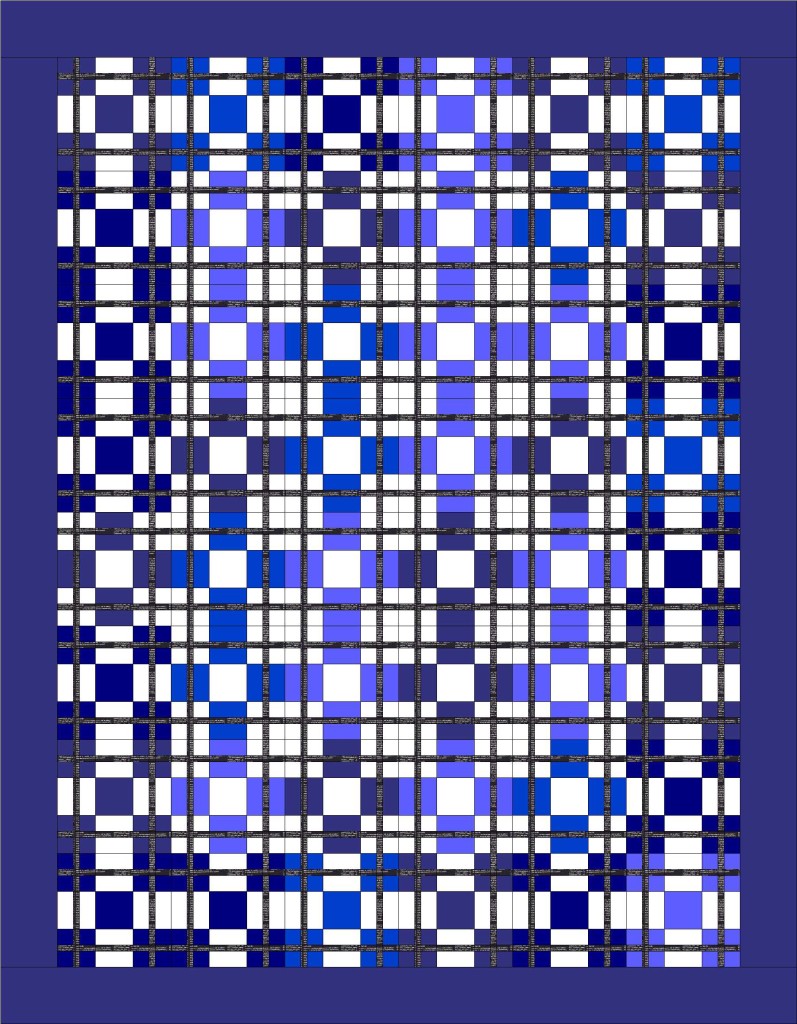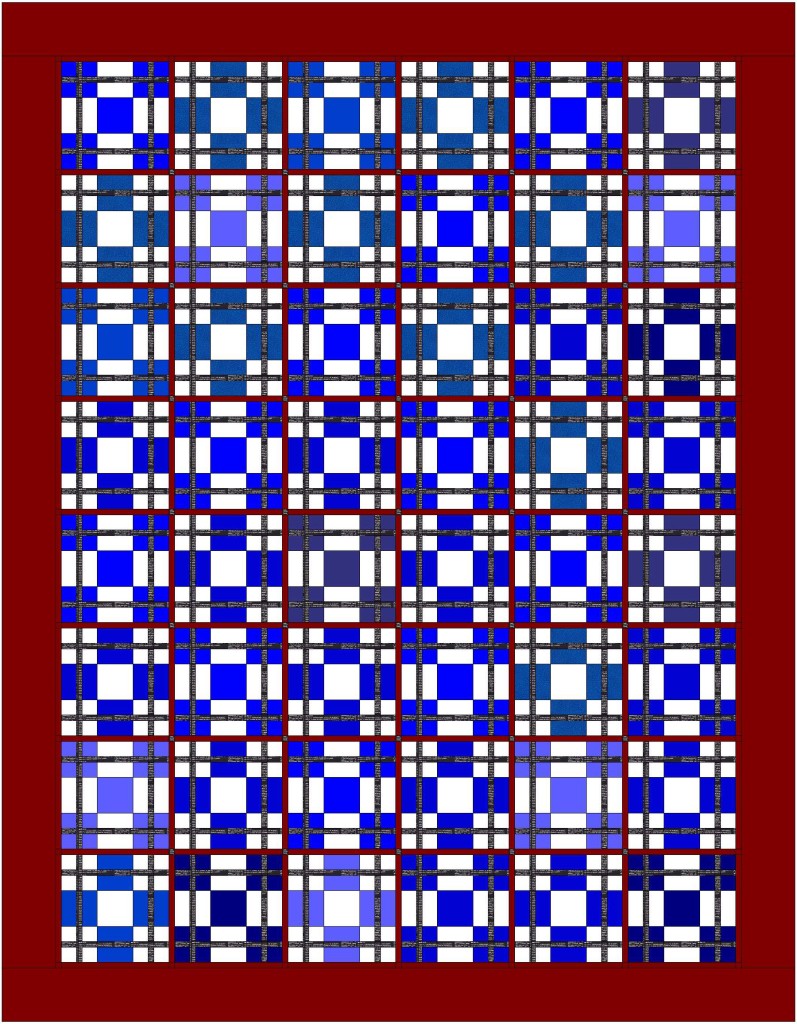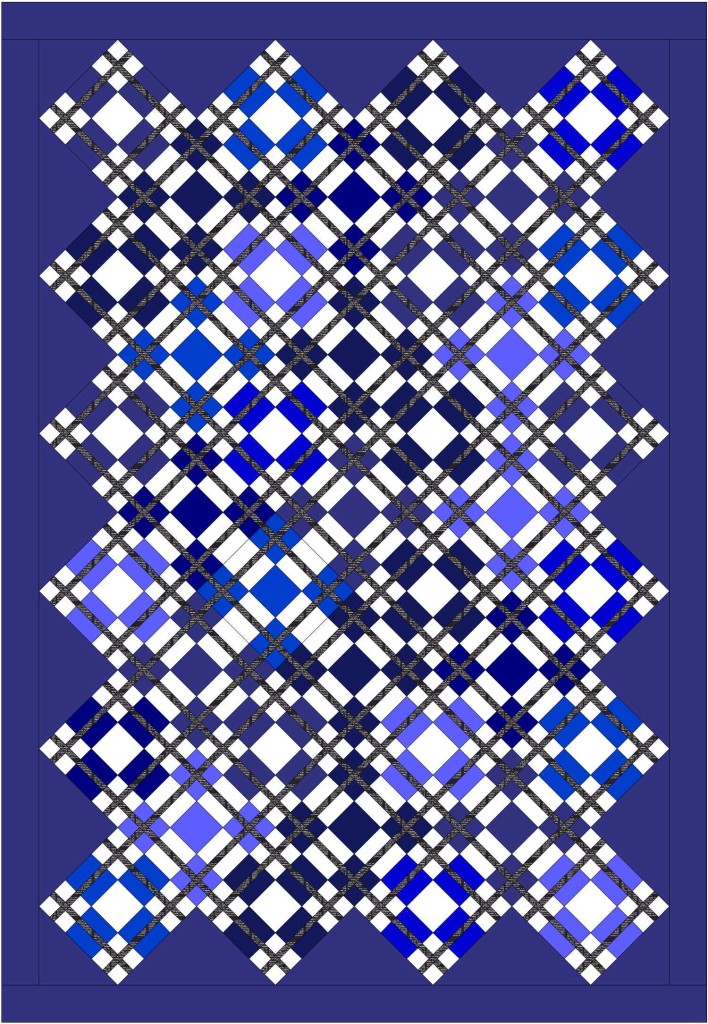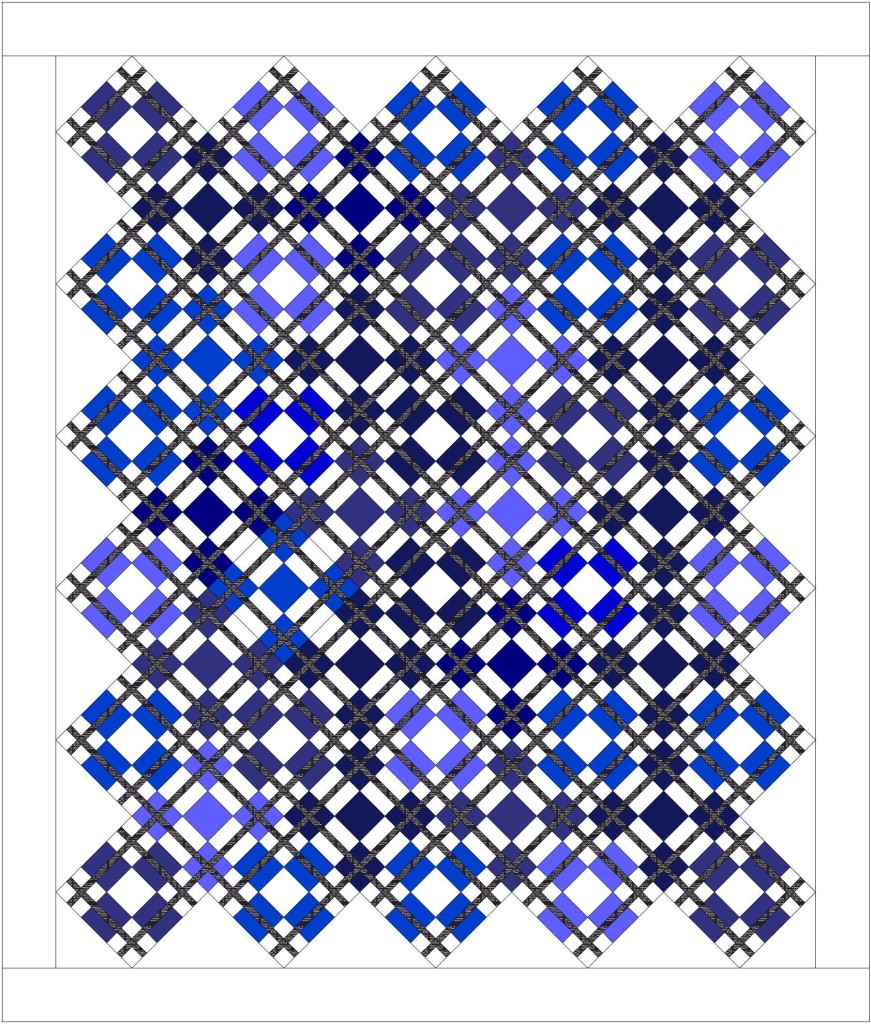What’s Black and Blue and Plaid All Over? June’s 9-Patch Plaid Block
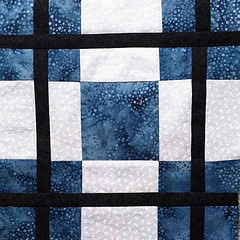 In June, we are making 9-inch square 9-Patch Plaid blocks PAIRS in blue and white with black or black & white.
In June, we are making 9-inch square 9-Patch Plaid blocks PAIRS in blue and white with black or black & white.
Julie P made this one.
The fabric guidelines and my directions for making this block can be found here:
You may make a maximum of 10 blocks (5 PAIRS) for chances in the drawing at the end of the month. The target set size for the winners will be 48 blocks.
If you make multiple block pairs, you can use the same white and black/black & white fabrics in multiple pairs, but each pair should contain a unique BLUE fabric.
Block Pairs
To make it easier for the winner(s) to put these blocks together into a quilt, we will be making them in pairs: one will have white corners, one will have blue corners (all fabrics in the pairs can be the same). This is my first pair:
Tags and Categories
Add the tag Plaid to all your blog posts about this block.
The category should be blocks when you are posting photos of your blocks to enter them in the drawing; use the category sent and received when you are posting about mailing or receiving blocks; and the category show and tell to share projects you make from this block (whether they are lotto blocks or blocks you make for yourself.
The Virtual Quilt
Here is a sampling of blocks, made by sneak seekers, Barb P, Julie P, Karen N, Kathie, Robin and me. The strong graphic nature of the block makes taking a nice square photo (by you) and cropping it into a virtual block (by me) challenging … so some of the blocks in this virtual quilt seem wonky as a result of photography … but I think you can, at least, get the idea of how a set of these blocks might look together.
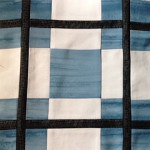 |
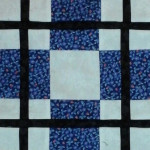 |
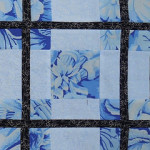 |
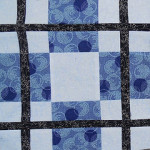 |
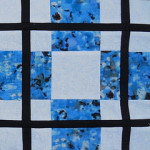 |
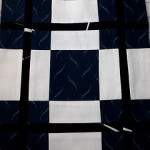 |
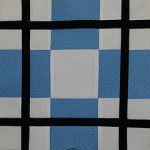 |
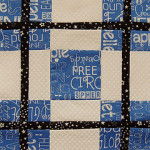 |
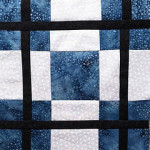 |
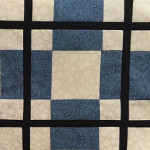 |
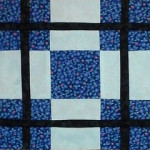 |
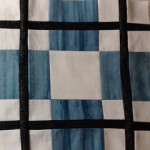 |
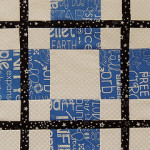 |
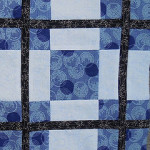 |
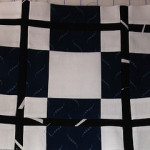 |
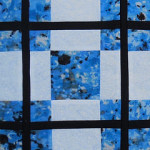 |
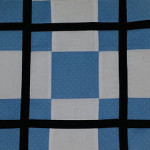 |
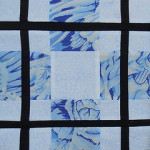 |
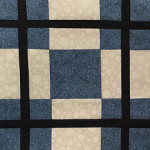 |
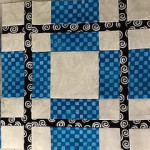 |
Quilt Setting Ideas
My knowledge of the Electric Quilt program hasn’t progressed much, but here are some quick and dirty EQ sketches with some lay-out ideas using 48 blocks (the target size of a set for the winners).
The first quilt shows 48 blocks sewn together in a straight set (no sashing) , alternating the two block types:. 4 1⁄2 inch, black and white border added. This quilt would measure 63 by 81 inches.
The next quilt also has 48 blocks sewn together in a straight set, but with 24 blue-corner blocks on the outside and the 24 white- corner blocks on the inside. A 4 1⁄2 inch, blue border added. This quilt would measure 63 by 81 inches.
The third quilt is also made from a set of 48 blocks. This time I added a contrasting color (red) and the blocks are sewn together with a thin red sashing (cut at 1 inch), alternating the two block types, like the first quilt. A 4 1⁄2 inch, red border added. This quilt would measure 66 1⁄2 by 85 1⁄2 inches.
In the last two quilts, the blocks are used in an on-point setting. In an on-point orientation, these blocks look like an argyle pattern to me. In both quilts, the two types of blocks alternate–the result is that need more of one of the block types than the other.
In the next quilt, 39 blocks are set together on-point, alternating rows of blue-corner and white-corner blocks. Blue setting triangles and 3 inch border. This quilt would measure 57 by 82 inches. For this quilt you would need 24 of the white-corner blocks and 15 of the blue corner blocks–if you won a set of 48 (24 pairs), you would have enough to make this quilt.
The last quilt is like the previous one, with blocks set on point, made one block wider. It is made from 50 blocks set together on-point, alternating rows of blue-corner and white-corner blocks. 30 of the blocks have white-corners … which would mean that if you won a set of 48 blocks (24 pairs), you’d have to make more for this layout. I also added more negative space with the white setting triangles and a 4.5 inch white border. This quilt would measure 72 1⁄2 by 85 inches.
You can download a print-friendly version of the 5 quilts here:

